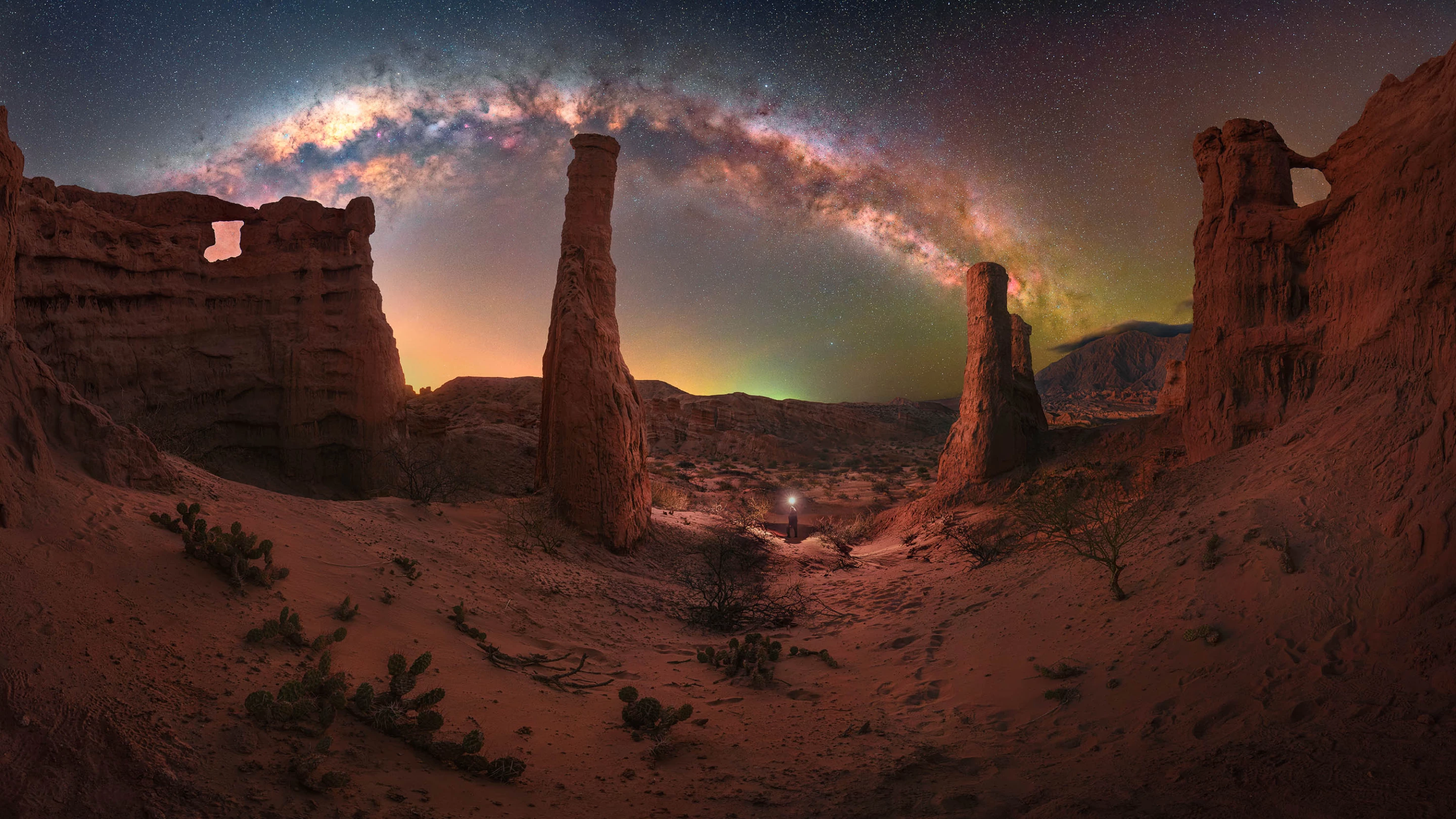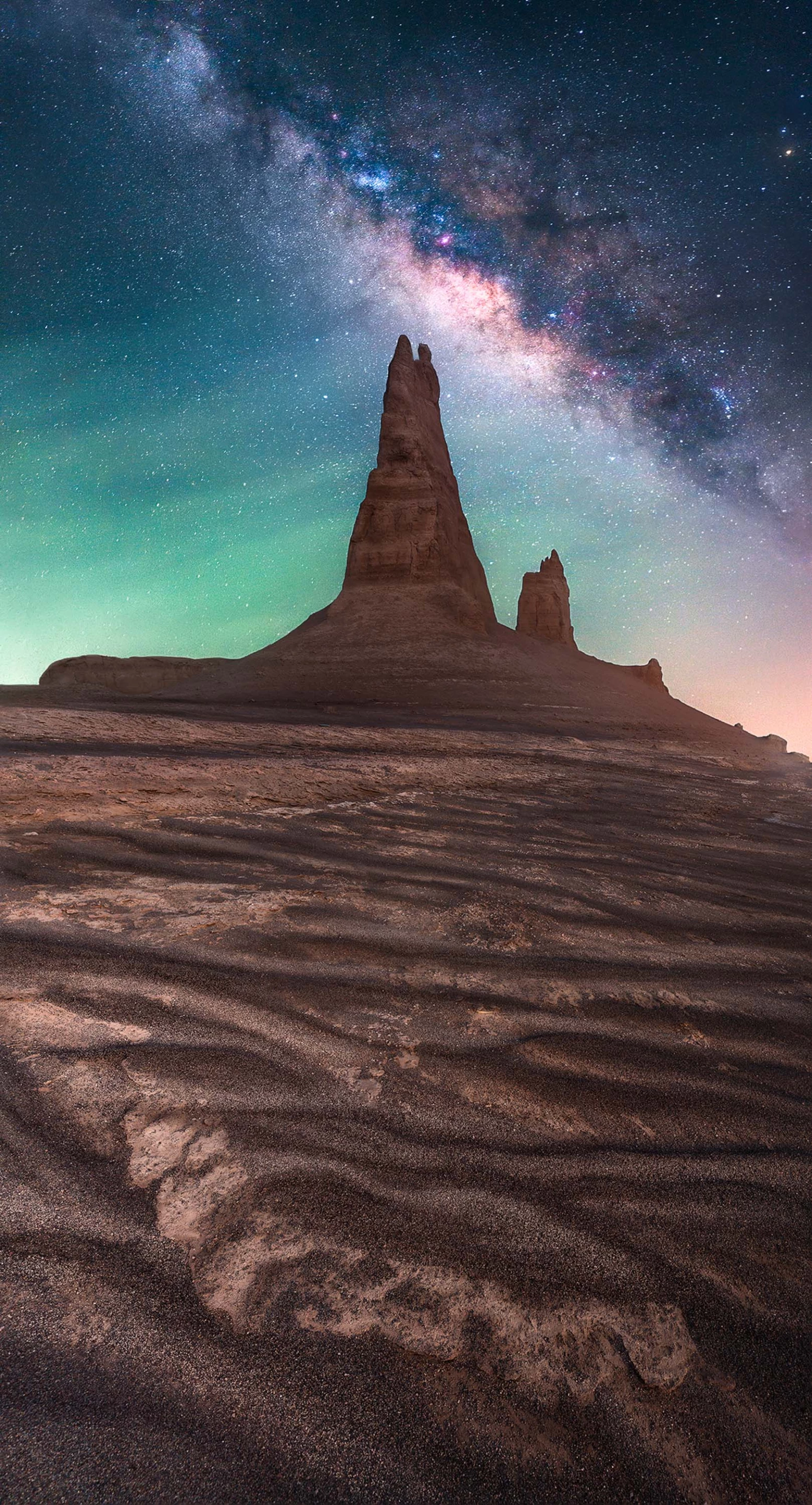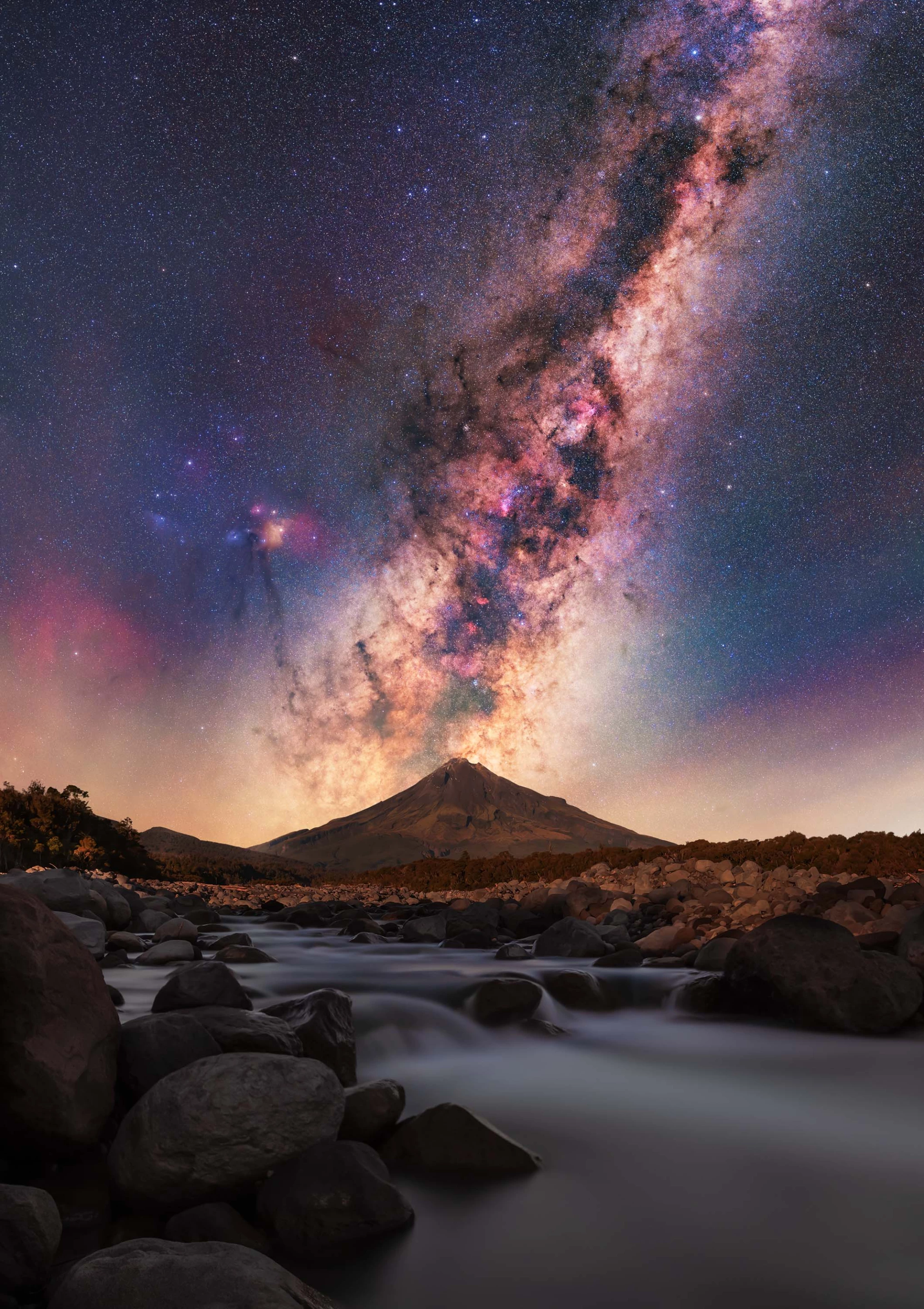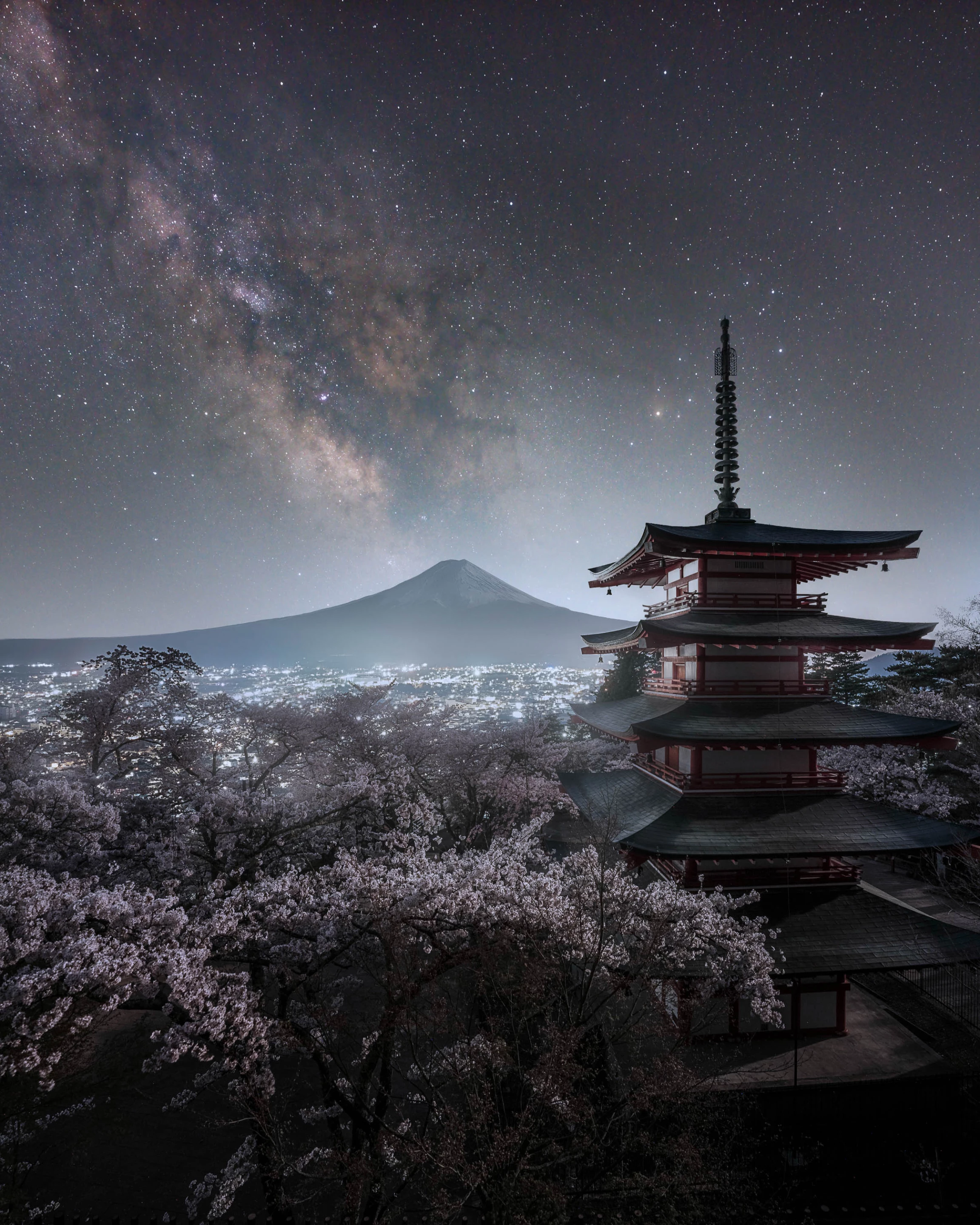Our gorgeous galaxy is once again the focus of an astrophotography collection. Travel photography blog Capture the Atlas has published its Milky Way Photographer of the Year gallery for 2023, including some astonishing shots of the starriest of night skies.
Now in its sixth year, Capture the Atlas releases its annual Milky Way photo competition in late May, to coincide with the peak visibility of the galactic center in both hemispheres.
Entries are judged not just on the quality of the image itself, but on the story behind the shot and how well it might inspire others to get out there and snap their own photos.
This year’s shortlist was narrowed down from over 3,000 entries to 25 images, that were snapped in 16 countries around the world – the US, Australia, New Zealand, Madagascar, Chile, Argentina, Namibia, Switzerland, Bulgaria, Spain, Slovenia, Japan, Iran, Peru, Yemen and Indonesia.
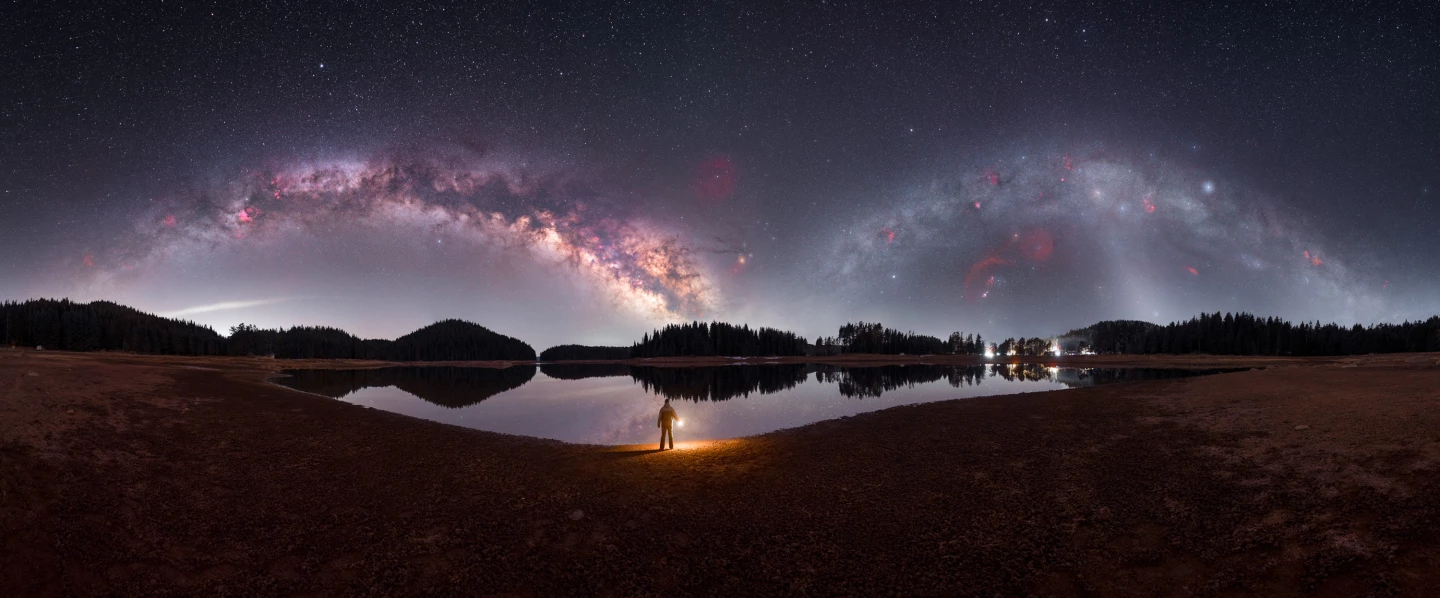
Among the highlights is The Eyes of the Universe by Mihail Minkov, taken in Bulgaria. This incredible image showcases what it might look like if the Milky Way we see in summer and the version visible in winter were both present in the sky at the same time. This involved taking photos from the same spot at different times of the year and blending them together into one 360-degree panorama.
Browse through more of our picks in the gallery, and don't forget to feast your eyes on the other stunning images over on Capture the Atlas. If you’re still reeling for more, check out last year’s gallery or the blog’s other annual competition which highlights aurorae.
Source: Capture the Atlas

